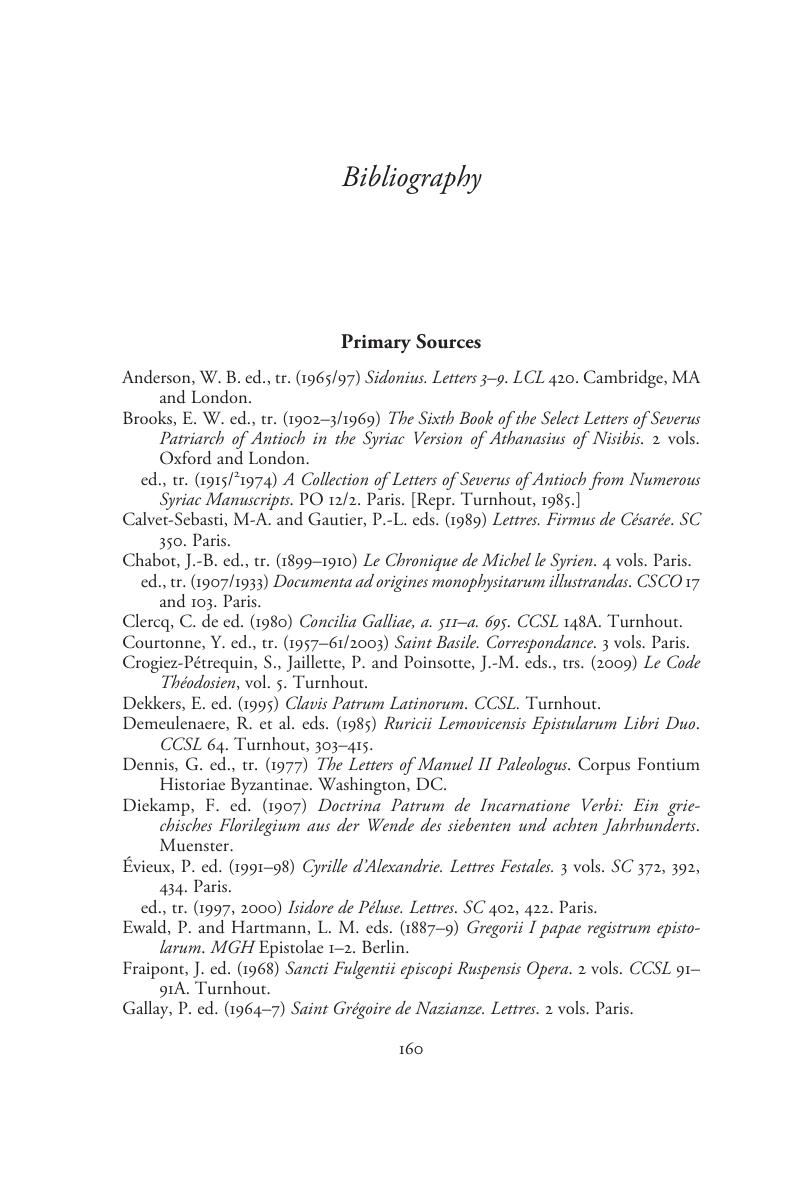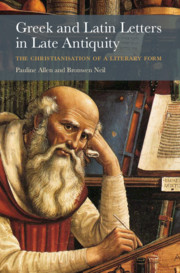Book contents
- Greek and Latin Letters in Late Antiquity
- Greek and Latin Letters in Late Antiquity
- Copyright page
- Contents
- Acknowledgements
- Abbreviations
- Chapter 1 Introduction to Late Antique Letters
- Chapter 2 The Christianisation of the Late Antique Letter-Form
- Chapter 3 Preservation and Transmission
- Chapter 4 Letter-Types and Their Uses
- Chapter 5 Difficulties in Spreading the Word
- Chapter 6 Networks and Communities of Readers
- Epilogue
- Book part
- Bibliography
- Index
- References
Bibliography
Published online by Cambridge University Press: 05 September 2020
- Greek and Latin Letters in Late Antiquity
- Greek and Latin Letters in Late Antiquity
- Copyright page
- Contents
- Acknowledgements
- Abbreviations
- Chapter 1 Introduction to Late Antique Letters
- Chapter 2 The Christianisation of the Late Antique Letter-Form
- Chapter 3 Preservation and Transmission
- Chapter 4 Letter-Types and Their Uses
- Chapter 5 Difficulties in Spreading the Word
- Chapter 6 Networks and Communities of Readers
- Epilogue
- Book part
- Bibliography
- Index
- References
Summary

- Type
- Chapter
- Information
- Greek and Latin Letters in Late AntiquityThe Christianisation of a Literary Form, pp. 160 - 181Publisher: Cambridge University PressPrint publication year: 2020

